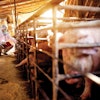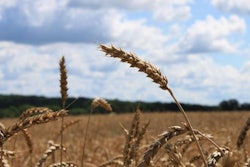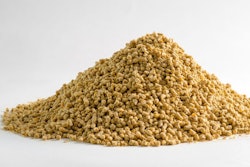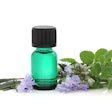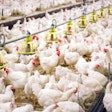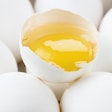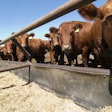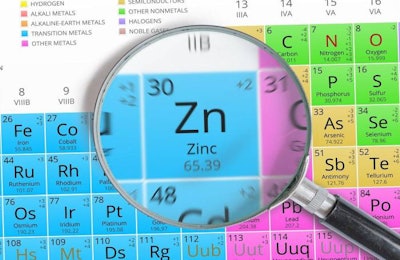
There should be a new norm, based on modern research
Many feeds for broilers contain zinc (Zn) at about 80 mg/kg (or ppm). This is based on old literature (NRC 1994 requirements are set at 40 ppm), when broilers were harvested at 56 days of age and I was still an undergraduate student formulating broiler diets on a black-green computer screen. Today, most broilers are harvested at 42 days of age with many going to market at 35 days – always at the same weight or even heavier compared to so many years ago. I would argue – and many researchers would agree – it is about time the NRC reviews recent literature to come up with modern recommendations.
In the meantime, a research group from University of Georgia has run a very nicely designed trial (the bane of modern research remains flawed designs that automatically invalidate any and all results), that tested three levels of zinc from two sources. They tested 80, 100, and 120 ppm Zn in broilers from day 1 to 42 post-hatch.
At 100 ppm Zn, broilers had significantly increased growth rate, something that should not surprise us because younger animals are known to require higher concentrations of all nutrients in their feeds. What was surprising, at least to me, is that at 120 ppm Zn, feed intake was increased along with intestinal villi height (better gut health). I would not support that zinc has any positive palatability effect and the positive effect on gut health supports old(er) research (around 1980) that said animals eat more because they can grow more and not the other way around.
So, 120 ppm Zn is or should be the new norm. I will let the source be the topic of another discussion, but let’s keep in mind these birds were raised in a university, relatively above-normal setting (in terms of health status). I would assume that under commercial conditions, those 120 ppm Zn would be even more beneficial and their effect even more pronounced. It remains to be seen.
